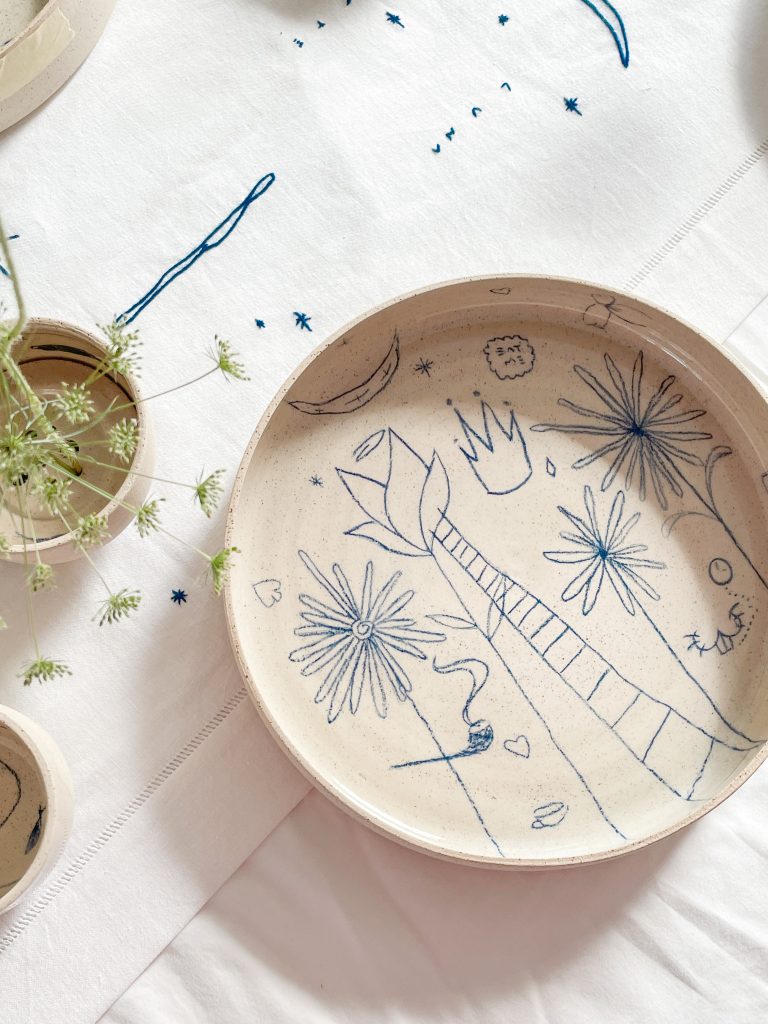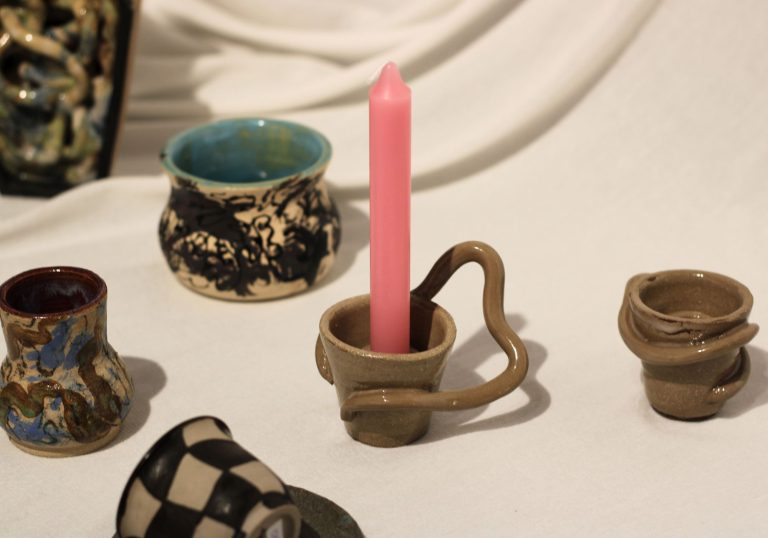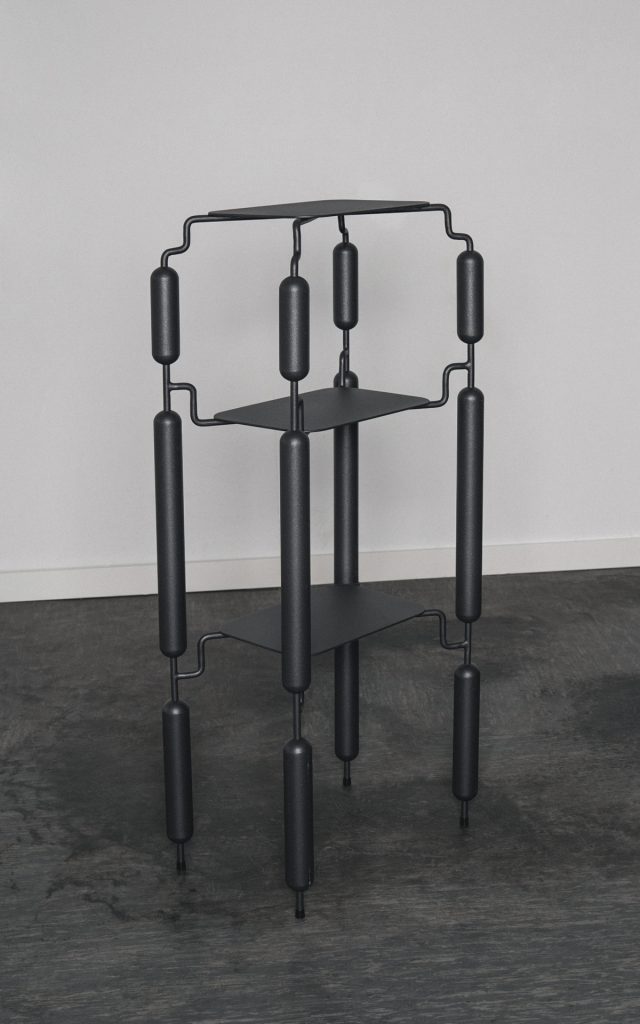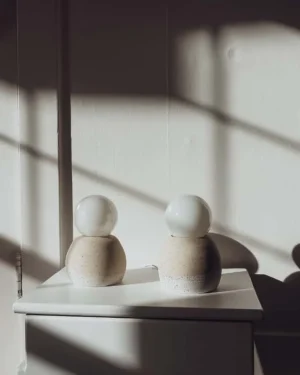
Functional Art: A Better Way to Describe Collectible Design?
Over the past two decades, the term “collectible design” has become increasingly prominent in the art world, but as with many artistic labels, it’s worth questioning whether this term truly captures the essence of these unique pieces. The lines between art and design have always been fluid, influenced by personal interpretation and cultural context. The debate over what qualifies as art is deeply philosophical—Marcel Duchamp, who challenged conventional definitions, famously argued that art is more about the idea than the object itself, describing it as “a kind of inner current in a human being, or something which needs no definition.” But if definitions are necessary, could “functional art” be a more fitting term?
As these boundaries between art and design continue to blur — a blurring that is likely to persist indefinitely— “functional art,” may offer a more precise and inclusive description of what these works truly represent. While this conversation often veers into the philosophical, it must also grapple with practical realities, such as tax exemptions and institutional recognition. In this context, finding the right terminology becomes more than just an intellectual exercise; it has real-world implications for artists and their work.
The Evolving Meaning & Limitations of “Collectible Design”
“Collectible design” has traditionally referred to limited-edition or one-of-a-kind pieces that occupy a middle ground between art and design. These items, ranging from furniture to decorative objects, are celebrated for their craftsmanship, originality, and artistic value. However, the term “collectible” often carries connotations of exclusivity and investment potential, which may overshadow the functional and creative aspects that make these pieces truly special. Moreover, the label can inadvertently suggest that these designs are only accessible to a select group of affluent collectors, distancing a broader audience who might appreciate the aesthetic and practical qualities of these items but feel excluded by the term’s elitist undertones.


by Yoomoota


by TOUCH WITH EYES


by Studio Pien Post


by Leo Maher
Functional Art: A More Inclusive and Accurate Descriptor
Enter “functional art,” a term that might better encapsulate the true nature of these pieces. Functional art emphasizes the dual purpose of these works—they are both utilitarian objects and artistic expressions. This term shifts the focus from the passive act of collecting to the active engagement with art in everyday life. By framing these pieces as functional art, we acknowledge their practical utility while also celebrating their artistic and conceptual qualities.
This idea resonates particularly well in the context of handcrafted objects like ceramics. Functional ceramics, such as mugs, bowls, and vases, are often dismissed as “craft” or basic “design” because they serve a practical purpose. However, to the ceramicist, these items are their art. They are handcrafted, sculpted, glazed, fired etc. with the same level of intention and creativity as any other form of art. The exclusion of functional items from the “art” category is frequently driven by institutional definitions, which vary by country. In some cases, artists who create functional pieces are classified as businesses rather than artists, disqualifying them from grants and support typically reserved for non-functional art forms.


by ccontinua+mamt


by Elis Monsport


by Des Vases


by Vale Ro
Indeed, functional design can be – and is – recognized as art. A perfect example is the OXO Good Grips potato peeler, which is currently featured in both the Museum of Modern Art’s (MoMA) permanent collection in New York City and in millions of kitchen drawers, including my mother’s in suburban Cleveland. This everyday object is celebrated not just for its utility but for its innovative and ergonomic design, demonstrating how functionality and artistic value can seamlessly coexist.
The Continuum of Functionality and Art
When evaluating whether an object is “functional” or “art,” it’s helpful to consider a continuum rather than a binary classification. For instance, a commercially produced ceramic mug from Crate & Barrel may be designed for functional use, with some level of aesthetic consideration, but it is not typically considered art. On the other end of the spectrum, a highly stylized antique Toby Mug displayed at The Metropolitan Museum of Art was clearly created with artistic intent, yet it is far less functional.
Both objects occupy different points on the spectrum of functionality and art, illustrating that the distinction between the two is often subjective and fluid. This continuum approach also raises philosophical questions about the definitions of “art,” “craft,” and “design.” But that’s a topic for another editorial…


by Mati Sipiora
![“foll[i]”
by Studio Etienne Bastormagi](https://media.adorno.design/wp-content/uploads/2021/05/12160635/0017-4.jpg)
![“foll[i]”
by Studio Etienne Bastormagi](https://media.adorno.design/wp-content/uploads/2021/05/12160635/0017-4.jpg)
by Studio Etienne Bastormagi


by sashaxsasha
Embracing a Broader Perspective
By adopting the term “functional art,” we embrace a broader and more inclusive perspective that recognizes the artistic merit of everyday objects. This shift in terminology democratizes the appeal of these designs, making them relevant to anyone who values creativity, craftsmanship, and utility. Functional art is not just for elite collectors; it’s for anyone who wants to bring beauty and thoughtfulness into their daily life.


by Heilig Objects


by Benjamin Foucaud


by TOGIGI


by Federica Zama
Final Thoughts: Functional Art vs. Collectible Design
As the design world continues to evolve, so too must the language we use to describe it. The term “functional art” might offer a more fitting and inclusive descriptor for what we now call “collectible design,” capturing the dual nature of these pieces as both practical objects and works of art. This term better reflects the dynamic and expanding segment of the design world where utility and artistry converge.
Whether you’re a seasoned collector or new to the design world, functional art invites you to explore objects that are as useful as they are beautiful—bringing art into everyday life. However, definitive answers remain elusive, as this conversation about art, design, and functionality will likely continue indefinitely. It’s a topic that offers endless avenues for discussion and reflection, making it a perfect subject to ponder over a drink or two (from either an Ikea tumbler or Jeweled Goblet by Szklo Studio).
-

 Trn / Model D1 Ceramic Pendant Light€1.285 incl. tax
Trn / Model D1 Ceramic Pendant Light€1.285 incl. tax -

 Knotting Knitting – Merino Wool Throw Blanket€581 incl. tax
Knotting Knitting – Merino Wool Throw Blanket€581 incl. tax -

 Elements set (Fire, Earth, Water and Air)€5.938 incl. tax
Elements set (Fire, Earth, Water and Air)€5.938 incl. tax -

 Gradient Rug€3.675 incl. tax
Gradient Rug€3.675 incl. tax -

 Black Mirror – Sculptural Ceramic Vessel€625 incl. tax
Black Mirror – Sculptural Ceramic Vessel€625 incl. tax -

 Float Mirror Black – Liquid Silver / Glass€463 incl. tax
Float Mirror Black – Liquid Silver / Glass€463 incl. tax -

 Trn / Model E1 Ceramic Pendant Light€1.698 incl. tax
Trn / Model E1 Ceramic Pendant Light€1.698 incl. tax -

 Bubbles – Little Lighting Pair€350 incl. tax
Bubbles – Little Lighting Pair€350 incl. tax -

 Little Rock Vase_o.5€408 incl. tax
Little Rock Vase_o.5€408 incl. tax







